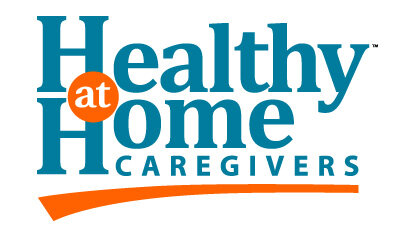How to Prevent Falls
According to the CDC 1 in 4 adults fall every year and about 1 in 5 of those falls will result in a serious injury but we tend to think of it as something that happens to other people. We think we’re capable enough, that our balance and strength are good enough as they are, but the reality is that a lot of falls happen and they happen to everyone, regardless of age or health status. Just because you don’t think you’re going to be the 1 in 4 doesn’t mean you won’t be and isn’t it better safe than sorry at the end of the day? Luckily there are ways to start safeguarding yourself and loved ones against falls that may happen not only within the home but while you’re out and about as well!
Exercise
Exercise is one of the most important things seniors can do for their health. Along with the mental benefits of exercise, the heart health, and dementia prevention we’ve mentioned in other blogs exercise is a great way to prevent falls in older adults especially in adults over the age of 75. As we’ve mentioned before talk to your doctor before starting something new but for people that can stand on their own and are just looking to boost their chances, consider adding some sit-to-stand and balanced based exercises into your routine! Sit-to-stand exercises can help build leg strength and improve the body’s mechanics and balance, all key to helping avoid falls. Balance exercises improve, you guessed it, your balance! Just remember to do it somewhere you’ve got something to hold on to for support in case you begin to lose balance, we’re trying to prevent falls here not cause them.
Safeguard your home
You’re much more likely to fall at home than you are in public which shouldn’t really be all that surprising. After all, when you live somewhere a lot of times you don’t pick up on what should be changed along with your needs. To help prevent falls, consider going around your house and looking at things that might need to be de-cluttered or repaired. You may also want to add nonslip surfaces in bathrooms and kitchens where floors might get slippery. Make sure the rooms and walkways in and around the home are well lit as well, giving you the best chance of seeing any potential hazards. Nightlights aren’t just for kids either, they can go a long way to ensuring in-home safety as we age.
Consider using an assistive device
Assistive devices can go a long way to helping minimize the risk of falling in people that are already struggling with balance. Canes and walkers are popular assistive devices, but it goes beyond that. The non-slip surfaces and nightlights mentioned in the last talking point qualify as well, as does a raised toilet seat, grab bars in the shower and bathroom, and even a hand-held shower nozzle for bathing. People of all ages and abilities use assistive devices and there’s no shame in doing what you need to do in order to ensure your own safety.
At the end of the day, there is no way to prevent falls entirely. Accidents can happen when we least expect them to and there’s a danger of falling anywhere we go but strengthening our bodies and balance and making sure our homes are as safe as possible are a good way to minimize the risk of a preventable fall. While you’re here check out our other fall related blogs What Should You Do If a Loved One Falls and What If You Fall Tonight to know what to do just in case a fall does happen.

